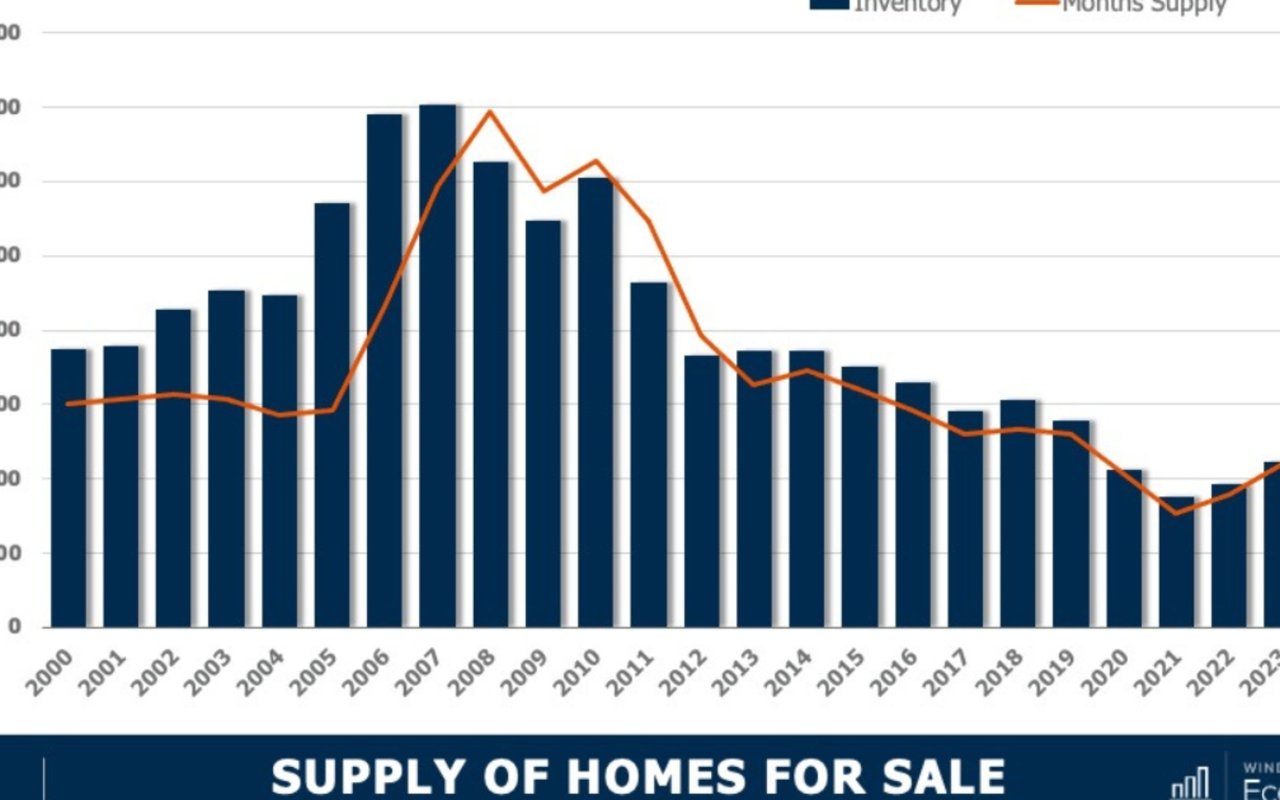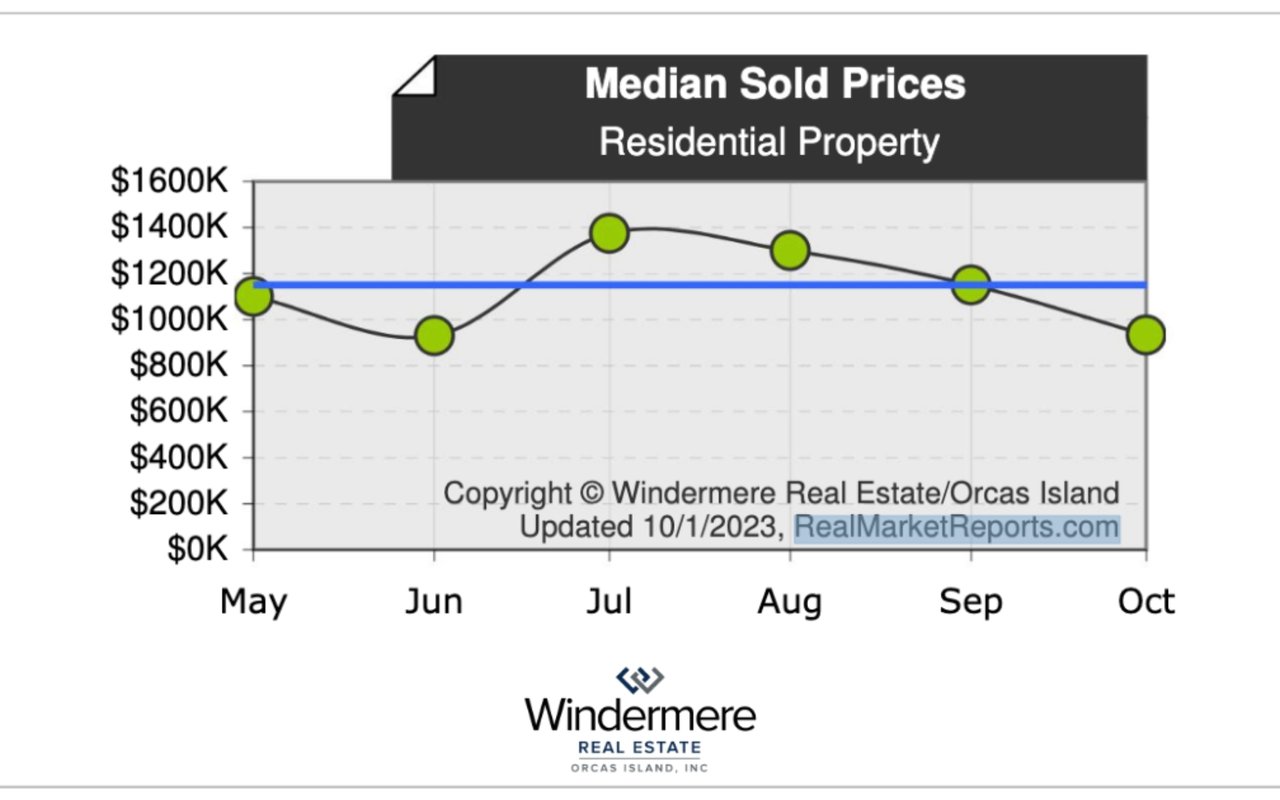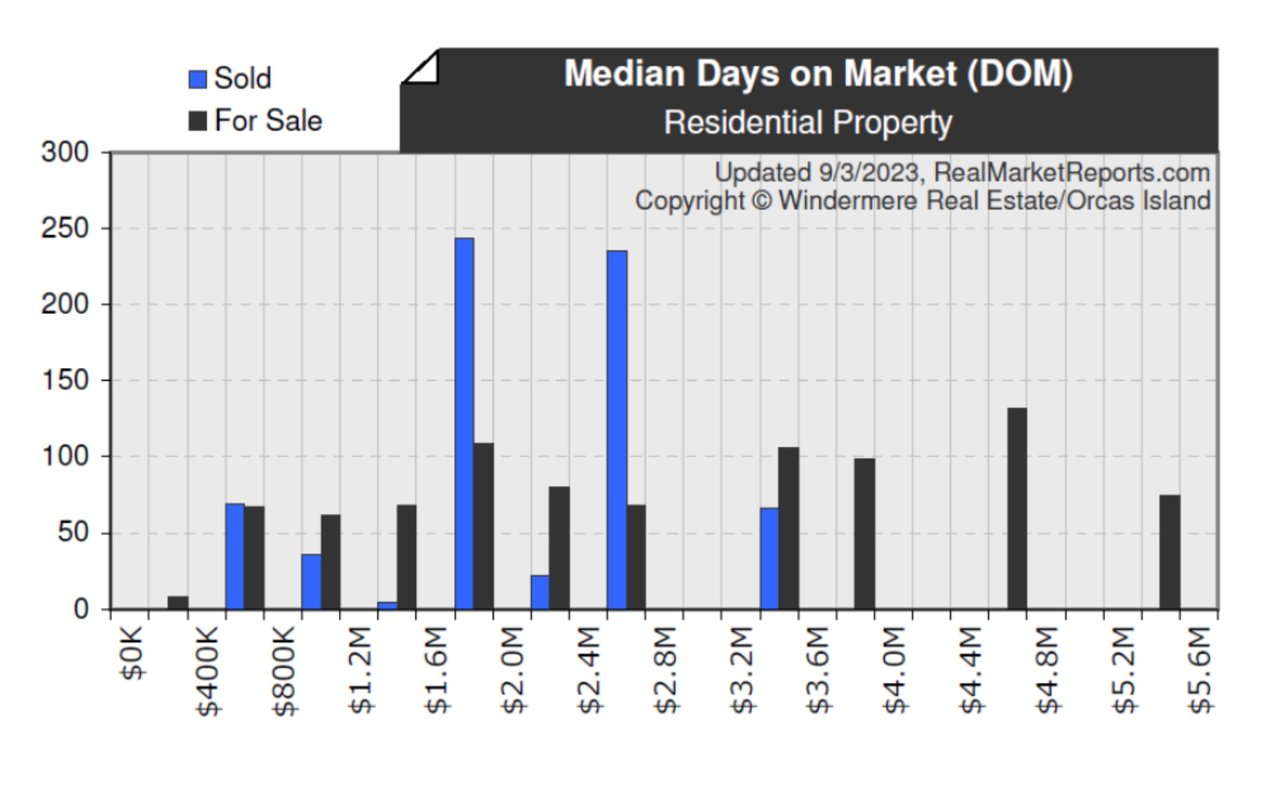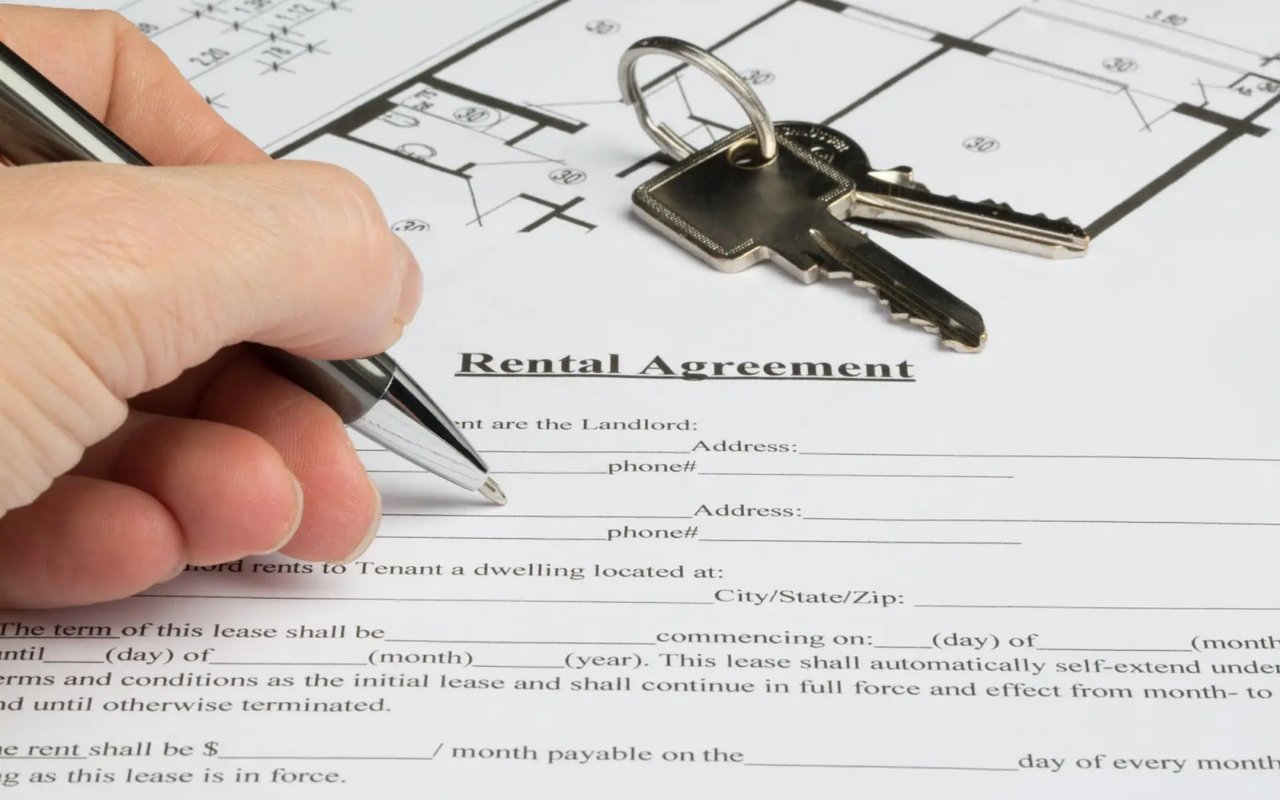High demand and low interest rates drove housing sales in 2016, and 2017 is shaping up to be another good year, albeit with a few minor caveats.
While home prices for starter-to-midrange homes are pushing upward toward pre-recession peaks, especially in secondary markets, they’re stabilizing in higher-priced areas.
Prognosticators see the robust markets of Seattle, Portland and Denver as 2017’s top performers, with 10 percent to 11 percent price growth. If mortgage rates rise modestly as expected in 2017, sales elsewhere may normalize with smaller price appreciation, especially as housing starts rise to fill the inventory breach.
But it sure looks like another seller’s market again in 2017, and likely in 2018, with a few localized exceptions such as the overwrought Atlantic City, New Jersey and Detroit urban markets.
As we march into the latter part of the decade, homeownership remains a practical long-term hold and self-enforced savings plan.
Here are 10 tips to adapt to the latest market conditions.
1. First-Time Homebuyers: Get that Starter Home Now
Well, you’d best gyrate into action. And we mean now! More than half of the home sales (52 percent) in 2017 are expected to be to first-time buyers, and mostly to the millennial set (19 to 34 years old), many moving from urban rentals, research by the National Association of Realtors shows. That means competition — and bidding wars — could become fierce in the spring for such “starters” in desirable areas.
While there’ll be less inventory this winter, there’ll also be less competition per unit and a higher percent of motivated sellers.
2. Sellers: Hire the Right Agent
Oftentimes, the best investment a seller can make is time spent researching agents. A bad hire can cost sellers tens of thousands of dollars and months of worried waiting.
First, look at an agent’s’ online marketing material and listings. Is there good photography or video? Does it “pop”? Are descriptions accurate and complimentary without seeming exaggerated?
Then, look at profiles of the agents on LinkedIn, Facebook and other social media; and be sure to read web reviews. What kind of vibe is an agent sending out?
Narrow your search to three agents and interview each, ideally in person. Ask for sales-activity reports, existing listings and time-on-the-market averages, plus the requisite local comps.
A seasoned listing agent also will know the best times for open houses and how to initiate a price war if the market allows. Never consent to a listing contract of longer than 90 days in a seller’s market. You can always extend.
3. Buyers: There’s More Loan Money Out There
Those who couldn’t get mortgages during the downturn because they didn’t have 20 percent to put down can find affordable financing again.
Borrowers with FICO scores as low as 690 are now getting conforming mortgage loans (those under $417,000).
One telling sign: About two-thirds of mortgage refinancing were getting approved in the fourth quarter of 2016 compared to just one-half of those at the end of 2014.
However, borrowers without a 20 percent down payment will still likely pay private mortgage insurance, or PMI, until they hit the 20 percent to 25 percent equity mark.
The best rates go to those with 800-plus credit scores, though 750-plussers are getting virtually the same terms.
Unfortunately, those seductive interest-only loans are also on the menu again. Avoid them. They’re affordable at first since you’re not paying principal, but then years later, well ... see the Great Recession of 2008.
4. Sellers: It May Be a Seller’s Market But...
Home sellers can do several simple things to enhance appearance, increase buyer interest and boost their home’s profile:
- Renew selectively: Instead of wholesale renovations from which sellers recoup maybe 60 percent on investment, do light makeovers everywhere, with an eye on the kitchen and bathrooms. They’re far more cost-effective.
- Clean, clean and clean some more: It’s hard for buyers to picture themselves living in a dirty house. Scrub floors, baths, kitchens, windows and walls, and be sure to clean, vacuum and deodorize rugs. This is simple but effective.
- Depersonalize, declutter: Show the space, not the contents. Box up family photos, kids’ school papers and excess art, and store bulky and worn furniture. Organize your closets to make them look half empty.
- Illuminate: Think bright and cheery. Open drapes and add brighter light bulbs in dark areas. Repaint where needed but use neutral colors.
5. Renters: It Might Be Time to Buy
In many cases, rents are rising faster than home values, yet mortgage rates remain low. That, and the fact that renters now account for 37 percent of households (the highest level in 50 years), seem to indicate an imminent coming-out party for renters-turned-buyers, especially if they plan to stay put for five to 10 years after buying.
There are limitless buy-versus-rent calculators like Bankrate’s calculator for renters to compare affordability. But no gauge accounts for human behavior, such as reluctance of renters to re-invest what they’ve saved from not paying property tax, insurance, upkeep, etc. Homebuying basically enforces that discipline.
RATE SEARCH: Looking to stay in your house and not sell? Find the best refi rates now.
6. If You’re a Buyer, Don’t Believe the House is Yours
Don’t bank on a done deal or other verbal promises from listing agents until you sign a contract.
In heated markets across the country, sales agents are giving buyers false hope and using their offers to bid up the price for preferred buyers who they think can pay more and close faster. Have other homes in mind.
Strategies such as preapproval (versus prequalification), proof of funding, closing flexibility and the always-risky practice of waiving inspection and repair contingencies can help sway buyers.
For added clout, tell sellers you’re willing to “escalate,” or exceed all offers to a certain limit. Some agents even advise buyers to write so-called “love letters” to sellers, telling them how much the home will mean to their families.
7. Sellers: The Grass is Always Greener...
... in yards with a “sold” sign. Major presale upgrades typically aren’t needed, but a little greening outdoors is a must.
Surveys show that strong curb appeal can increase prices by 10 percent or more. Greener grass, whether derived from new sod or fertilizer and water, is a must.
New shrubs, plantings and flowers also project a welcoming feel. Sellers typically enjoy a 100 percent return on the money they put into curb appeal.
Another form of green, sustainable landscaping has become a value-add for buyers. Native plants, native grasses and perennials that require less water and attention fill that bill.
Do some local research or ask your local home-and-garden pro for simple “greening” tips.
FREE TOOL: Looking to buy a house? First, check your credit score for free at myBankrate today.
8. Sellers and Buyers: Know the State of Your Market
A balanced housing market is defined as one with an average inventory of 6.5 months, according to Texas A&M University Real Estate Center research. When inventory remains below equilibrium, sellers enjoy more control over prices and terms, and the area becomes a seller’s market.
When inventory lingers well above stasis, you have a buyer’s market where sellers must get more serious about price reductions, credits and throw-ins. Of course, these averages don’t necessarily reflect demand in certain desirable and undesirable submarkets.
Go to Realtor for such market home sales data by state or to a local agent, business journal and daily newspaper you can read online. In 2016, the U.S. housing inventory average was under five months.
9. Sellers: House Going on Sale in the Spring?
Do some prep work now. First, grab your camera or smartphone and do an exterior autumn photo shoot, with the leaves changing colors.
It’s a much better way to showcase your home than to wait until late winter when everything is still dead and brown and mucky. Also take some landscape shots after the first snow, ideally on a sunny day, to show how cozy your place looks in winter.
Take a preliminary inventory, too. Look through your attic, closets, basement and garage to see what stored items you’ll want to keep, give away or sell in the spring. This will help you determine whether you’ll need a storage unit when your home is on the market and if there are any problem areas that need repairs or attention.
It’s also a good time to start discussing financing options with a local lender and interview prospective listing agents who also might provide additional preparation tips.
10. Buyers: Relocating Near a Waterfront?
You’d best consider weather and insurance realities. Major hurricanes and floods of the past dozen years, particularly Hurricane Katrina and Superstorm Sandy, have pushed the National Flood Insurance Program into a $23 billion hole, forcing flood-insurance rates to spiral.
FEMA flood-map changes are aggressively expanding flood zones, especially along the East Coast and Gulf Coast, forcing hundreds of thousands of homeowners to buy flood insurance for the first time and others to pay thousands more annually.
Parts of Florida saw 20 percent increases in 2016 and will likely see similar hikes in 2017. Insurers also are imposing coverage caps so there’s no guarantee you’ll be made whole post-catastrophe.
Some home sellers and their agents are conveniently not disclosing these realities, so buyers will have to ask pointed questions and do their own research. Go to FEMA for more info.
Steve McLinden, who writes Bankrate’s Real Estate Adviser, has written about the industry for 20 years and is a correspondent for National Real Estate Investor and former real estate beat writer.




















































































